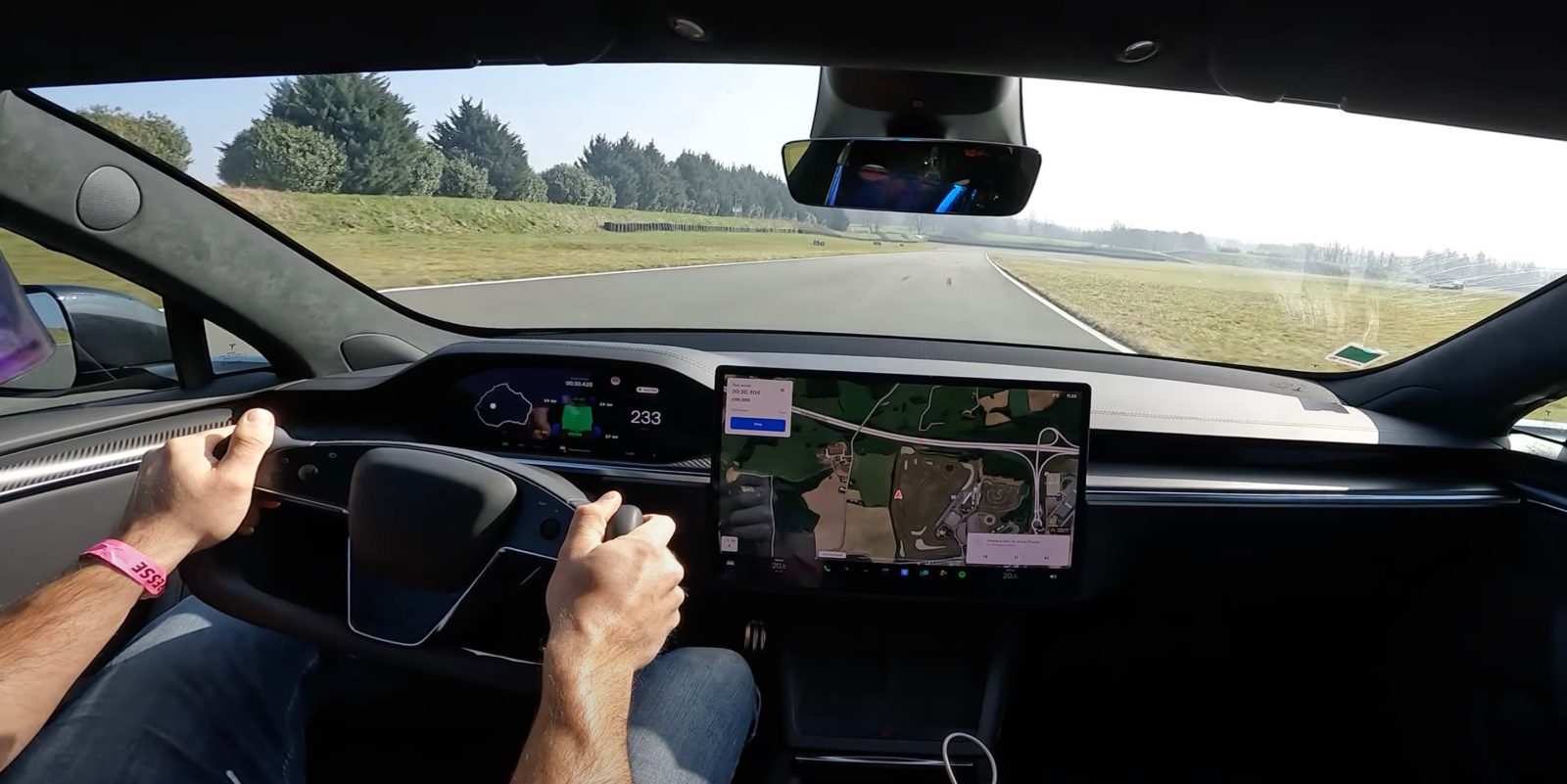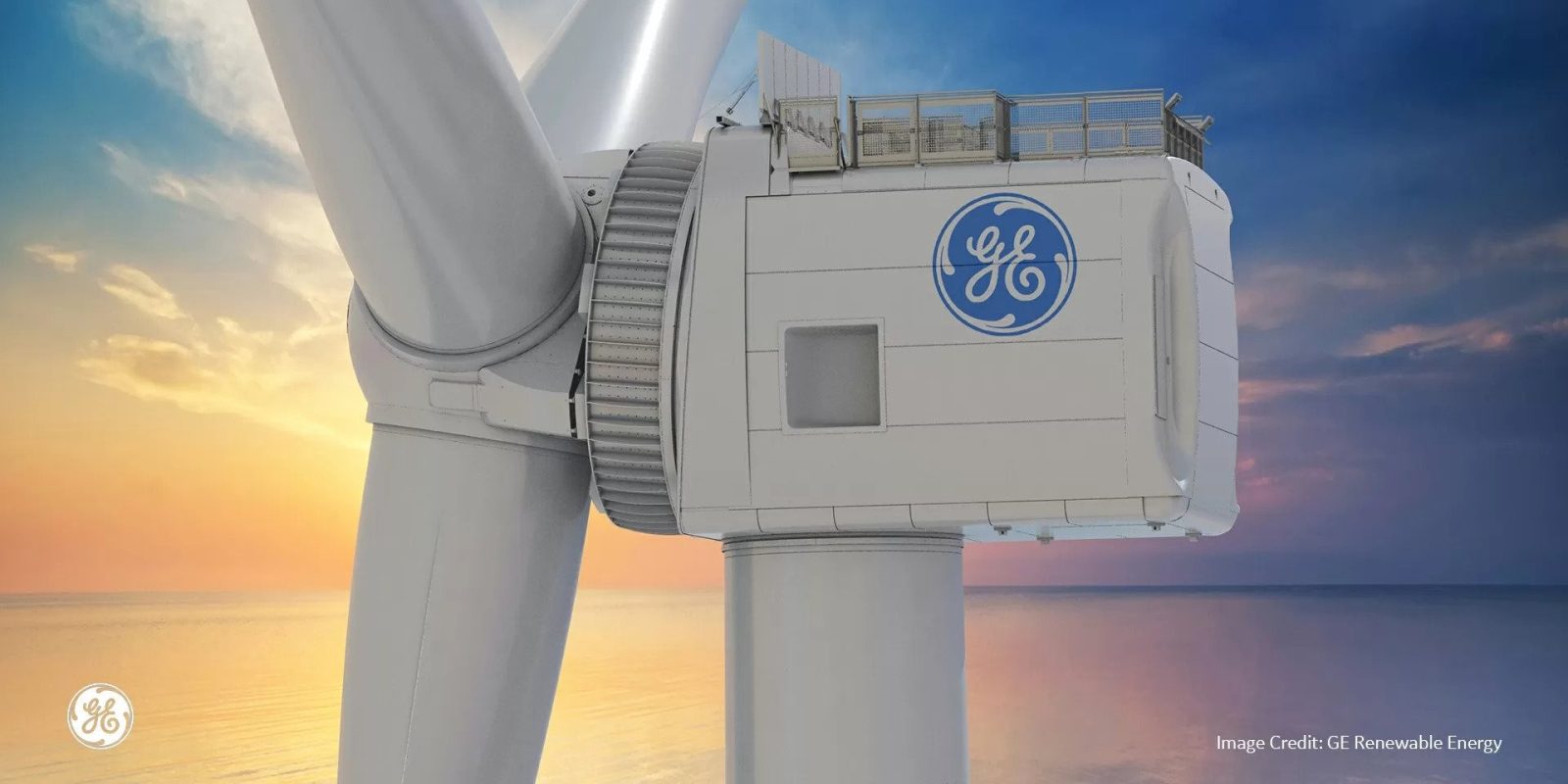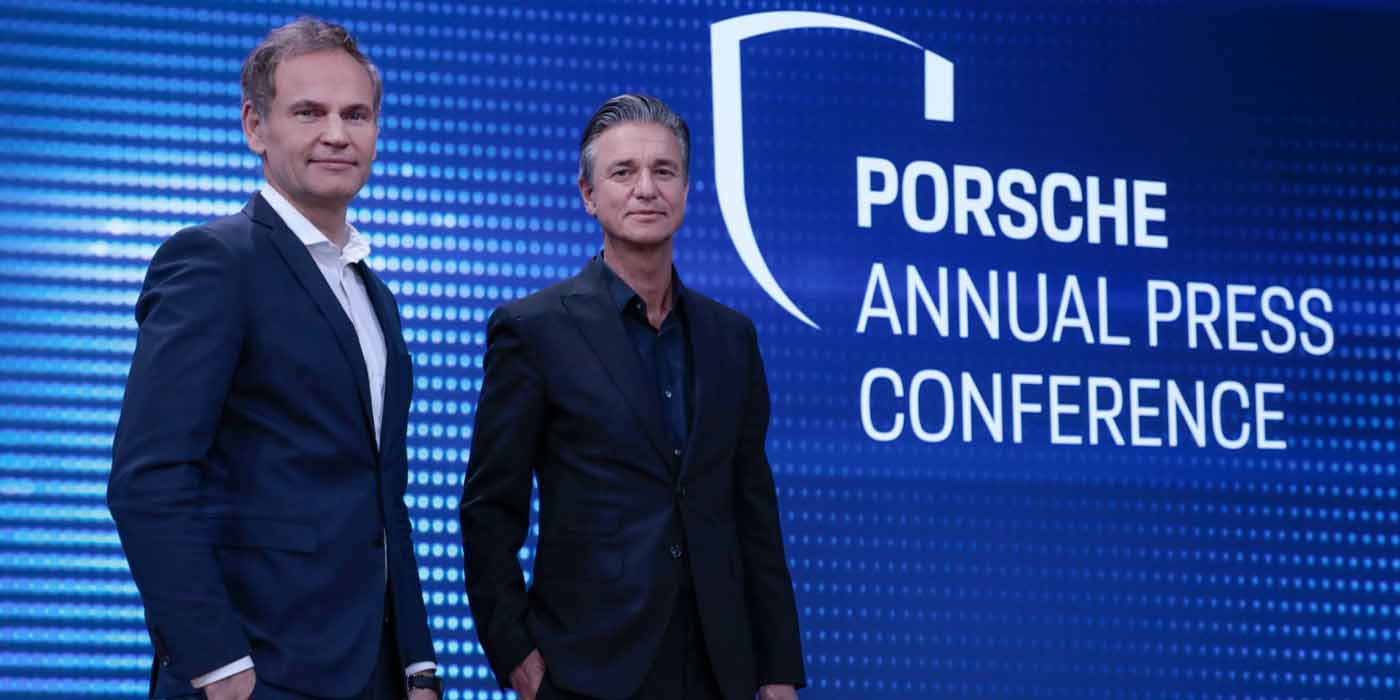This video has a strong (old) Top Gear vibe.
Source: Electric Vehicle News
Electric Vehicle News
The Trek Verve+ 4S Is A Robust, No-Frills City Commuter
The urban electric bike is powered by the Bosch Performance Sport motor.
Source: Electric Vehicle News
Tesla Shipping Model Y In Midnight Cherry Red In Europe
Tesla has introduced a few new paint colors recently, and now they’re officially being delivered to customers.
Source: Electric Vehicle News
Lexus gives us a closer look at its first all-electric RZ 450e model [Images]
Lexus has begun accepting orders for its first fully electric vehicle, the RZ 450e, an upscale luxury alternative to the Toyota bZ4X. Check out the latest RZ 450e images from Lexus below.
The post Lexus gives us a closer look at its first all-electric RZ 450e model [Images] appeared first on Electrek.
Source: Charge Forward
Tesla Model S Plaid delivers on originally promised 200 mph top speed with new brakes

Tesla Model S Plaid is finally delivering on original promises to achieve a 200 mph top speed with its new ceramic brakes.
The post Tesla Model S Plaid delivers on originally promised 200 mph top speed with new brakes appeared first on Electrek.
Source: Charge Forward
GE is developing a massive 18 MW offshore wind turbine

GE Vernova is developing a 17-18 megawatt (MW) Haliade-X offshore wind turbine, CEO Scott Strazik confirmed during the company’s investor conference late last week.
The post GE is developing a massive 18 MW offshore wind turbine appeared first on Electrek.
Source: Charge Forward
Porsche "K1" Electric SUV Confirmed As SSP Sport-Based Flagship
Rumored to offer seven seats, the electric SUV will reportedly be unlike any previous Porsche production car when it arrives in 2027.
Source: Electric Vehicle News
Porsche reports record 2022 earnings, updated EV pipeline includes entirely new SUV model

During its annual press conference earlier today, Porsche AG is reporting four new financial records for 2022 following a successful IPO last fall. With record revenues for the previous year, Porsche now looks ahead toward its goal of delivering 80% electrification throughout its entire vehicle lineup by 2030 and has updated the public on what and when we will see new EV models, including a bespoke SUV prototype.
The post Porsche reports record 2022 earnings, updated EV pipeline includes entirely new SUV model appeared first on Electrek.
Source: Charge Forward
Palmer Digital, Samsung and IoTecha unveil new EV charging kiosk with advertising display
Palmer Digital Group, Samsung and IoTecha have partnered to launch a new EV charging kiosk that “offers new opportunities for businesses to visually engage with their customers and generate revenue.”
The new charging kiosk combines Samsung’s video displays, IoTecha’s EV charging technology and Palmer Digital’s integrated solutions.
The integrated Samsung OH55A displays can be used for advertisements and promotions, creating new revenue streams for businesses.
The Level 2 charger offers maximum power of 19.2 kW at 80 amps per charging port. The kiosk can be configured with one or two Samsung OH55A displays, and one or two 80-amp charging ports. It features built-in cable retractors, card readers, cameras and speakers, and supports ISO/IEC 15118-based Plug and Charge.
Using IoTecha’s IoT.ON Cloud and Edge services, customers can remotely monitor, configure and update EV chargers, as well as optimizing energy flows through IoTecha’s topology-aware energy management services.
“The kiosk supports the latest technical requirements laid out by the National Electric Vehicle Infrastructure program by supporting ISO 15118, OCPP, and Plug and Charge,” said Oleg Logvinov, CEO of IoTecha. “By meeting these standards, businesses deploying the new charging kiosk may qualify for NEVI funding to further offset deployment costs.”
“The marriage of captivating content with high-quality displays is revolutionizing the electric vehicle experience, and we’re just getting started,” said David Phelps, Head of Product Management, Display Division at Samsung Electronics America.
Source: IoTecha
Source: Electric Vehicles Magazine
SAE Power Rating can now be applied to EVs
SAE International has released a standard document, “J2908 Vehicle Power and Rated System Power Test for Electrified Powertrains,” that defines methods to determine peak power ratings for electrified vehicles, and establishes a framework for testing, data post-processing and reporting of SAE System power for vehicles with electrified powertrains.
“SAE Certified Power was designed for conventional internal combustion engines,” said Michael Duoba, Research Engineer at Argonne National Laboratory, the document’s sponsor. “However, the power from an electrified vehicle comes from a combination of the battery, electric motors and, in the case of hybrids, a gasoline engine. A new system power rating approach required a complete rethinking of the test procedures and how the final output power is determined.”
“The results are a familiar system power definition in the same manner as well-established engine power ratings. The system power approach applies to hybrid-electric, all-electric and fuel cell vehicles. It also applies to front, rear or all-wheel-drive configurations. The test procedure makes use of widely available chassis or wheel hub dynamometers. The flexible methodology includes ways to incorporate known bench test data or make direct system measurements during a vehicle test. The flexibility was designed to accommodate testing by manufacturers or independent testing laboratories.”
Source: SAE
Source: Electric Vehicles Magazine



